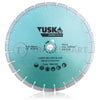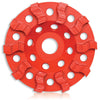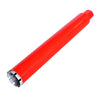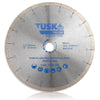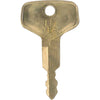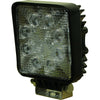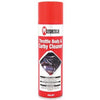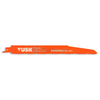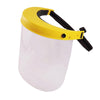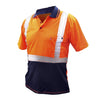In some warehouse and industrial spaces, it’s not always possible to have heavy-duty Drums or Padfoot Rollers on hand. In these cases, light compactor equipment can fill the gaps, getting the job done on a number of tasks.
Within this category are rammers, manual rollers and vibrating plates. These are lightweight enough to put into a ute or van but still carry the capacity to offer strength for interior paths, floors and roads.
So here are your options and when each type is most suitable.
Common Types Of Light Compaction Equipment
Rammers
Of all the manual compactors, vibrating rammers are the smallest manual type. They are able to navigate small spaces that are often narrow – like trenches, internal buildings and across tight corners.

Light compaction equipment can be used for materials like silt or clay, as well as non-cohesive materials (such as gravel and certain mixed soils).
How they work
Used by a trained operator, rammers disrupt the ground repetitively – striking the surface hundreds of times every minute. This can range from 500 to 700 hits to the ground, which then creates vibrations in the soil.
The depth of compaction is a critical factor when using vibrating rammers. This makes the difference to the longevity of the project’s life. Only a well-designed compactor, manufactured from years of industry experience achieves the optimum result but reducing future sub-base settling. Compaction depth is largely unseen but makes itself known (good or bad) over time.
Using vibrating plates
Vibrating compactors are used on materials like asphalt, sand, gravel and compact surfaces where there are no cohesive (or featureless cohesive) materials. This includes granular soils.
In most circumstances, plate compactor units are employed across car parks, foundations, footpaths, trenches and throughout paving solutions. They’re ideally suited for areas where turning a vehicle is challenging.

How they work
Reducing air pockets underneath the surface, vibrating plates then compact the layer with a huge amount of force. Smaller plates can only work in one direction, and larger ones are able to navigate both backwards and forwards. Heavier units create more compacting capability and can be utilised in applications that are up to 30cm deep.
Applications – Soil Types
To achieve the desired level of compaction you need to match the soil type with the appropriate machine and compaction method.
Cohesive soils
Clay is known as cohesive soil; its particles stick closely together. A machine with a high impact force is required to force the air out from between the soil particles. The rammer is designed for this application. The small foot delivers a greater impact force and compaction depth per square inch than other machines.
Granular soils
Granular soils are the likes of gravel, sand, or silt (coarse-grained soil) with little or no clay content and have no cohesive strength. This type of soil cannot be moulded when moist and crumbles easily when dry. This type of soil requires a shaking or vibratory action to bring the particles closer together and remove trapped air. Vibrating plates are designed for this application.
To find out which of these designs is most suitable for your applications, we recommend getting in touch with the experts at Meiwa or our Tradesmart team today.

































